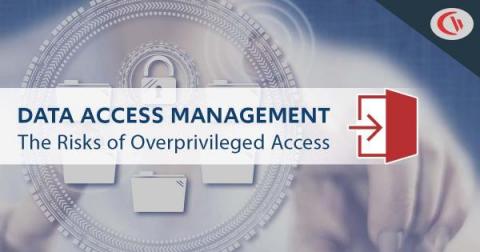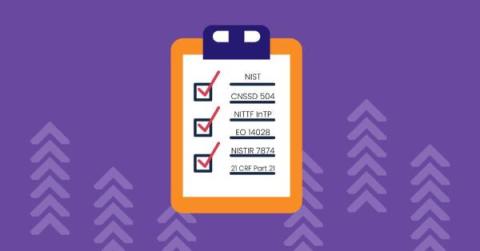Security | Threat Detection | Cyberattacks | DevSecOps | Compliance
Insider Threats
The latest News and Information on Insider Threats including employee monitoring and data privacy.
10 Steps to Pain-Free GDPR Compliance
5 Strategies for Cutting the Costs of Insider Threats
Where Insider Threats Hide Out in a Segmented Network
How Can You Identify and Prevent Insider Threats?
If cyber threats feel like faceless intruders, you’re only considering a fraction of the risk. Insider threats pose a challenge for organizations, often catching them by surprise as they focus on securing the perimeter. There is a bright side, however. Understanding the threat landscape and developing a security plan will help you to mitigate risk and prevent cyber incidents. When designing your strategy, be sure to account for insider threats.
How To Prevent Overprivileged Data Access From Harming Your Business
Privileged access management was designed to prevent human errors and reinforce security in general. However, even though this approach has been used for decades, studies still show that human error contributes to 95% of cyber attacks. So what are organizations doing wrong? Are they using privileged data access in the best way possible? Sadly, many companies don’t put much thought into using their security systems correctly, but there is an easy way to fix this.
Defend against insider threats with LimaCharlie
The U.S. Cybersecurity and Infrastructure Security Agency (CISA) defines insider threat as “the potential for an insider to use their authorized access or understanding of an organization to harm that organization.” The nature of insider threats is fairly wide-ranging. Most of us in the security field will naturally think of insider threats in cybersecurity terms, but CISA’s definition includes things like espionage, terrorism, and workplace violence.
Motivations for Insider Threats: What to Watch Out For
While a majority of discourse in the cybersecurity industry is focused on external threats – malicious hacking, phishing, and the like – the fact is that internal actors are just as capable of causing damage to an enterprise, if not more so. An insider threat may have access to resources or areas of the network that someone outside the organization would need to do extra work to obtain.
Top 6 Cloud Insider Threats You Need To Be Aware Of
Cloud computing is the most cost-effective way to store and manage data and meet growing business demands today. However, the rapid rise of cloud usage means you need to stay alert to potential cloud security insider threats that can compromise your sensitive data and security posture. In this post, we discuss the insider threat landscape, explore several types of cloud insider threats, and examine the best practices to combat these threats.











